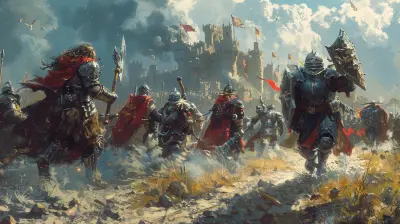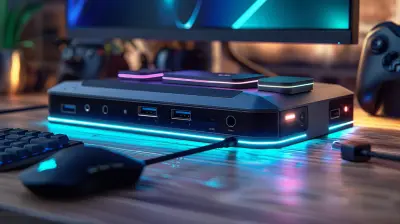The Subtle Art of Weapon Variety in Action Game Design
23 June 2025
When it comes to action games, few elements are as exhilarating (and critical) as the weapons. Whether you're wielding a trusty sword, blasting foes with a laser rifle, or even hurling a frying pan at enemies (yes, looking at you, PUBG), weapons matter. But here's the thing: designing weapons for action games isn't just about slapping on some cool animations and over-the-top sound effects. It's an art—a subtle, often overlooked craft that can make or break a player's experience.
So, why does weapon variety matter so much? And how can game designers strike that perfect balance between creativity, playability, and chaos? Let’s dig into the nuts and bolts of crafting weapons that feel just right.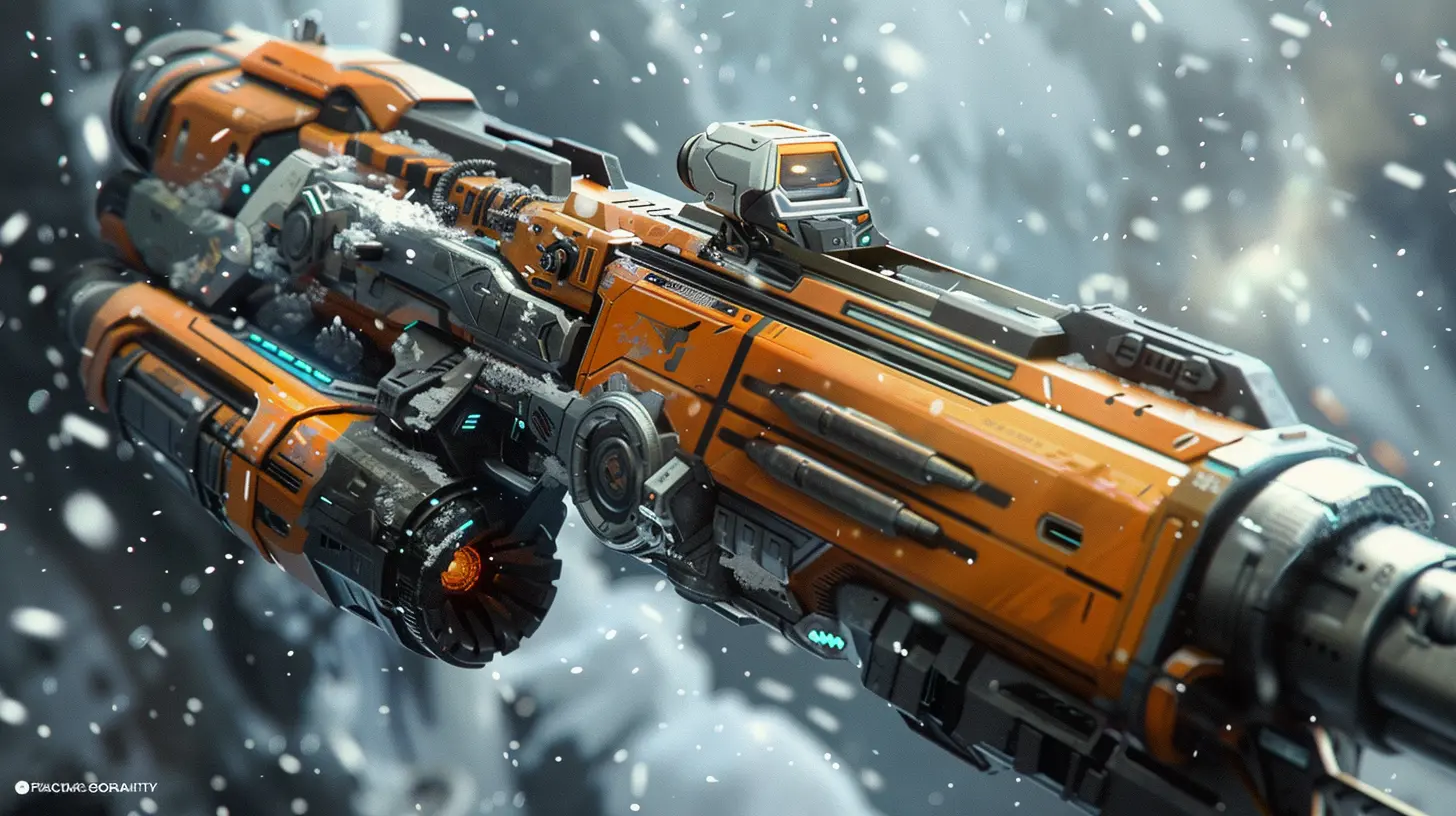
Why Weapon Variety is the Heartbeat of Action Games
Let’s face it—no one wants to spend 20 hours using the same rusty dagger to fight dragons or mow down hordes of zombies. The joy of action games lies in the endless possibilities they present. A well-crafted arsenal provides players with agency, giving you the chance to decide how to approach combat scenarios. Do you want to go in guns blazing? Or sneak in from the shadows with a bow? Weapon variety is what allows you to express yourself as a gamer.But weapon variety isn’t just about providing choices. It’s about keeping the gameplay fresh. Imagine playing a game that only offers one type of weapon. Sure, it might be fun for the first hour or two, but that monotony? It’ll creep in faster than a loot goblin in Diablo. Players crave novelty—they want that "oh-my-god-this-is-so-cool" moment every time a new weapon drops into their inventory.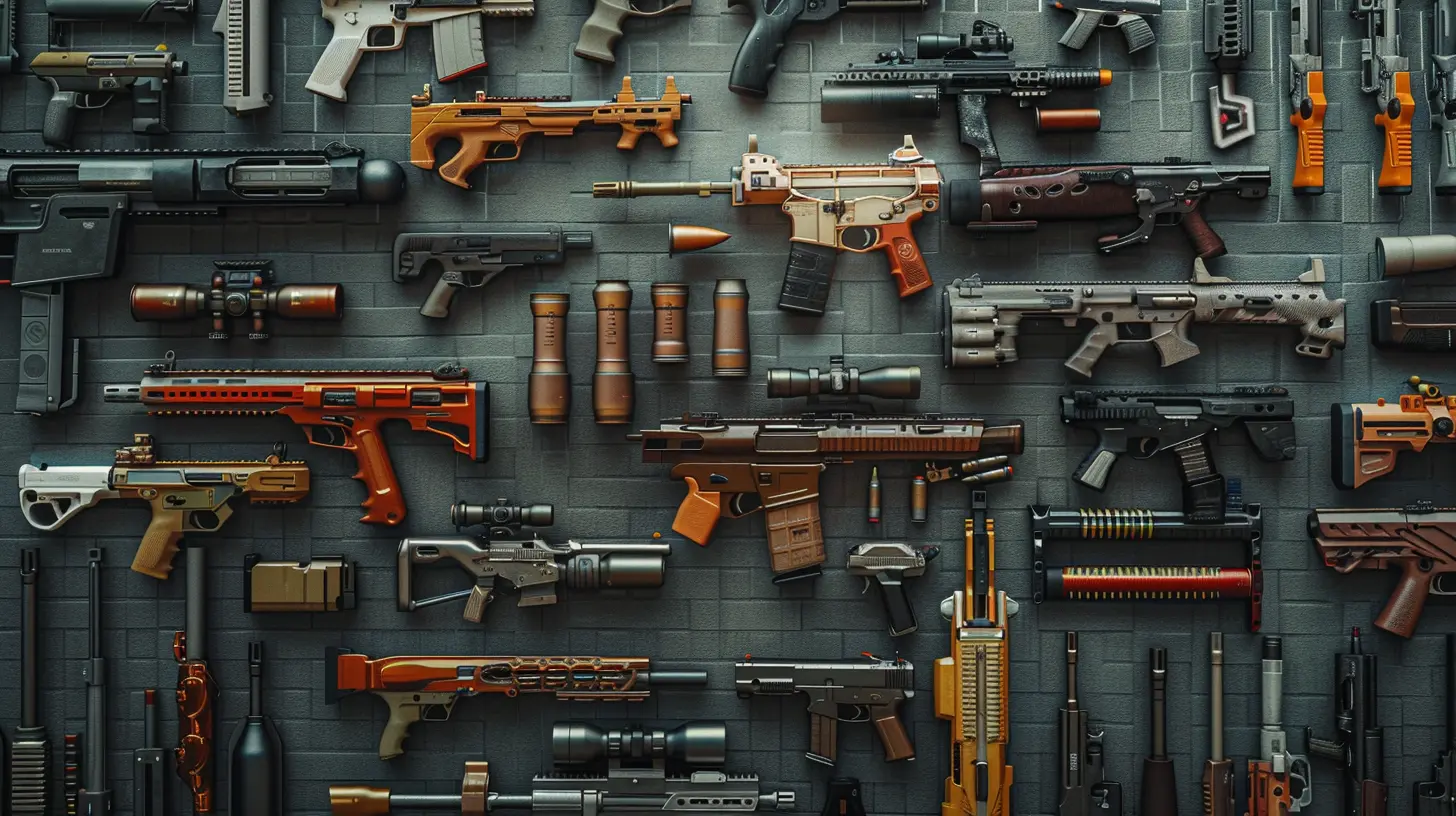
Balancing Variety with Purpose
Okay, so variety is crucial. But designers can’t just throw in a mishmash of weapons and call it a day. Here’s the tricky part: every weapon needs to have a purpose. We’ve all played games with weapons that feel like filler—weak, boring, and barely worth the inventory space they occupy. The best games ensure that every weapon serves a distinct role, whether it’s tailored for a specific combat style, enemy type, or level design.For example, take The Legend of Zelda: Breath of the Wild. It’s packed with weapons. But each one has a specific utility—whether it’s a fast sword for quick attacks, a powerful claymore for high damage, or a bow for long-range precision. Even the novelty weapons, like a mop, have personality and charm. The purpose dictates the function, and the variety keeps players endlessly experimenting.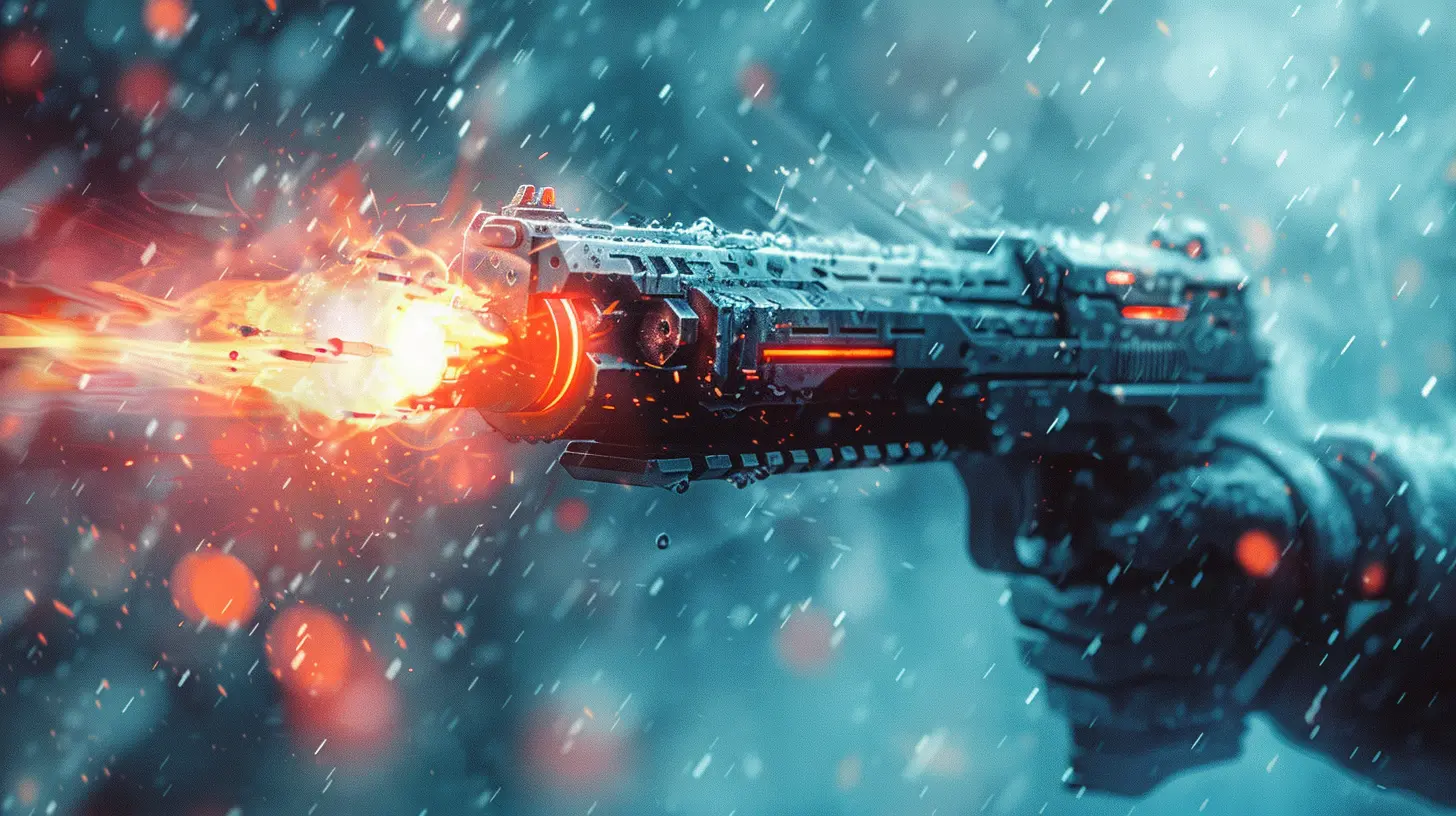
The Magic of Playstyles: Catering to All Gamers
Players aren’t one-size-fits-all, and action games shouldn’t be either. Some players thrive on chaos, charging headfirst into combat like they’re auditioning for a Mad Max sequel. Others want to carefully plan their moves, picking off enemies one by one. Great weapon variety satisfies both.Take DOOM Eternal, for example. It’s the gold standard for designing weapons that cater to diverse playstyles. You’ve got the shotgun for close-up carnage, the rocket launcher for area damage, and the precision bolt for those sniper moments. Each weapon feels distinct, yet they all work together harmoniously, encouraging players to switch things up depending on the situation.
The key here is synergy. A well-balanced game doesn’t just offer diverse weapons—it encourages players to mix and match them dynamically, creating a combat flow that feels effortless but rewarding. 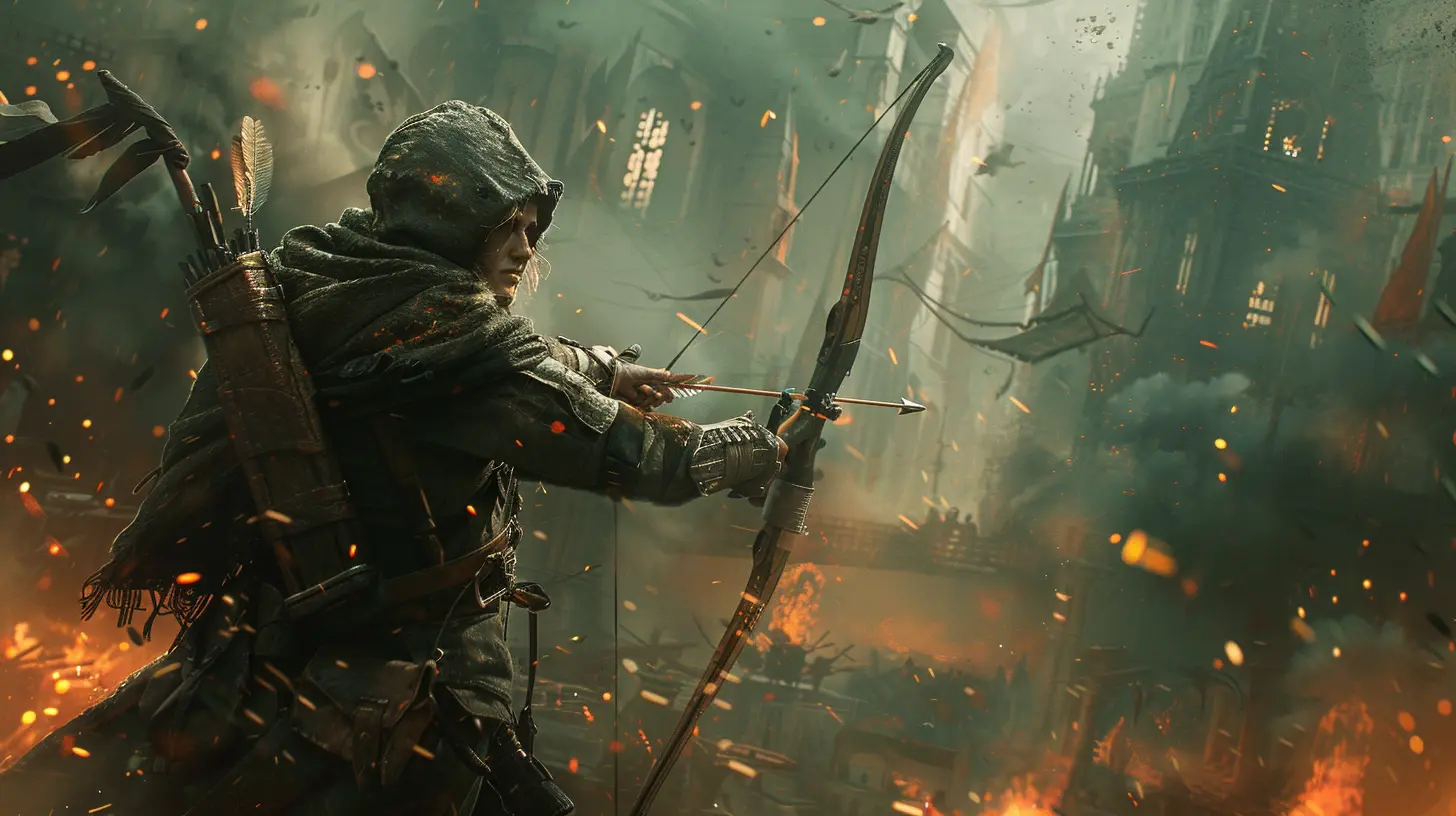
Sound, Feel, and Feedback: The Trifecta of Weapon Design
Let’s talk about feel. A weapon can have the coolest design in the world, but if it doesn’t feel satisfying to use, it’s a wasted effort. Players need to feel the oomph behind every swing, shot, or explosion. You know that moment when you fire a shotgun in a game, and the screen shakes ever so slightly, the sound is heavy, and the enemy goes flying? That’s what I’m talking about.This trifecta—sound, feel, and feedback—creates weapons that aren’t just tools but characters in their own right. Take Halo’s energy sword, for instance. The iconic hum, the lethal precision, the dramatic lunging attack—it’s so recognizable and satisfying that it’s become a franchise icon.
The secret sauce here is feedback. Players need visual and audio clues to know a weapon is working as intended. Hit markers, health bars depleting, or even a simple grunt from an enemy—these small cues keep players engaged. It's like when you're cracking bubble wrap—you need to feel the pop to stay hooked.
Creativity in Weapon Design: The Quirky and the Unexpected
One of the joys of weapon variety lies in those quirky, unexpected options that take you by surprise. Think about the BFG 9000 in DOOM, which can obliterate an entire room, or the wacky gadgets in Ratchet & Clank like the Sheepinator, which literally turns enemies into sheep. These kinds of weapons add an extra layer of fun, breaking up the monotony of conventional choices.But creativity isn’t just about being absurd—it’s about adding flavor. Even something as simple as elemental effects can elevate a weapon. Fire arrows, ice grenades, and poison-tipped daggers all introduce tactical considerations, making players think about how to approach each combat situation. Want to set that group of enemies ablaze? Go for the flamethrower. Need to slow down a fast-moving boss? Freeze its legs with an ice shotgun. Options like these allow players to experiment, adapt, and—most importantly—have fun.
Progression: From Wooden Planks to Legendary Relics
Let’s talk about progression. One of the most satisfying parts of action games is the journey from noob to destroyer-of-worlds. And guess what facilitates that journey? Yup, weapons. Starting with basic, low-damage weapons and slowly working your way to the god-tier arsenal is one of the most fulfilling loops in gaming.Games like Borderlands nail this progression. At the start, you’re equipped with basic pistols that barely dent enemies. But as you loot, grind, and level up, you’ll find weapons with zany effects and absurd power levels. That rare moment when you finally snag an orange-tier weapon? It’s enough to make you fist-pump in real life.
Designers need to pace this progression carefully. If powerful weapons are handed out like Halloween candy, players may lose interest. But hold those goodies back for too long, and players could get frustrated. The trick is to drip-feed upgrades while keeping encounters challenging enough to demand better gear. It’s a delicate balancing act, but when done right, it’s magic.
PvP vs. PvE: Different Rules for Weapon Variety
Weapon variety in action games also takes on a different flavor depending on whether the game is player-vs-environment (PvE) or player-vs-player (PvP). PvE games get to go wild—developers don’t have to worry about balance as much because the enemies don’t complain. That means crazier, more experimental designs can thrive.PvP games, on the other hand, need to be fair. There’s nothing worse than a multiplayer match where one weapon is so overpowered that it ruins the experience for everyone (cough cough Call of Duty). For PvP-focused games, variety needs to coexist with balance. Every weapon should have counters, strengths, and weaknesses to ensure no one gets an unfair advantage.
Closing Thoughts: Weapon Variety is the Spice of Gaming Life
In the world of action game design, weapon variety isn’t just a nice-to-have—it’s the secret ingredient that keeps players coming back for more. It’s about giving players the freedom to play their way, surprising them with unexpected options, and delivering that sweet, satisfying feel every time they pull the trigger or swing a sword.But it’s also about balance and intent. Each weapon should feel like it belongs in the game—not just as a tool for destruction but as an extension of the player’s personality and style. At the end of the day, great weapon design is about more than just stats and mechanics—it’s about creating memorable experiences that stick with players long after they’ve put the controller down.
all images in this post were generated using AI tools
Category:
Action GamesAuthor:

Tina Fisher
Discussion
rate this article
2 comments
Marie Benson
In the dance of pixels and power, weapons whisper tales of strategy and flair. A symphony of choice, each strike a brushstroke, coloring battles with artistry anew. In this realm, variety reigns, crafting heroes with every lethal embrace.
October 10, 2025 at 3:14 AM

Tina Fisher
Thank you for your poetic perspective! You beautifully capture the essence of how weapon variety enhances gameplay and enriches player creativity.
Avianna Brown
This topic is fascinating! Exploring how weapon variety shapes gameplay could reveal deeper player engagement and creativity. Excited to learn more!
June 23, 2025 at 2:46 AM

Tina Fisher
Thank you! I’m glad you find it fascinating. Weapon variety truly does enhance player engagement and creativity in gameplay. Stay tuned for more insights!
